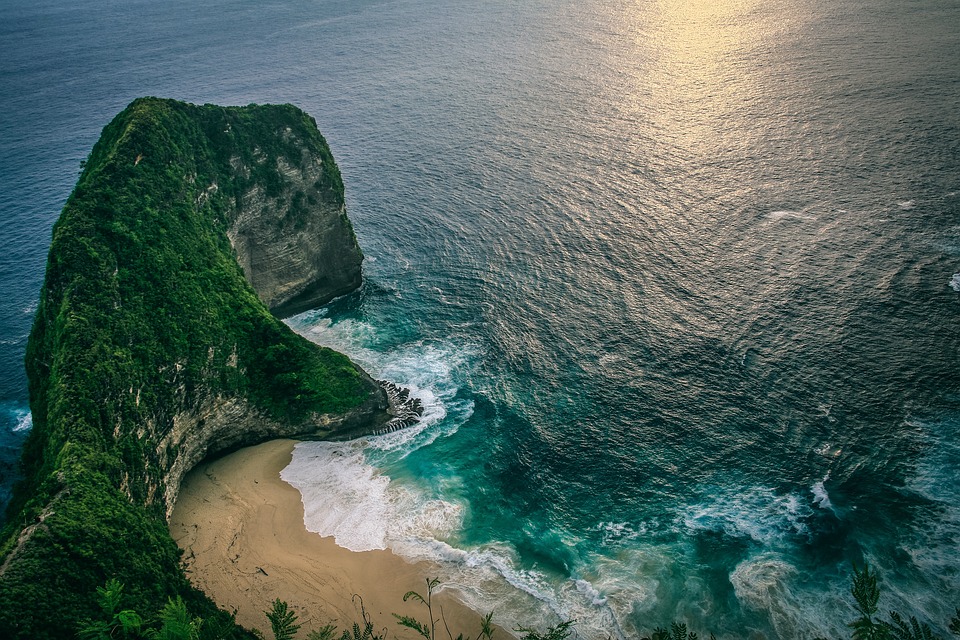Preparing for a high-altitude trek is crucial to ensure your safety, enjoyment, and success in reaching your trekking destination. Walk slow, proper physical preparation, enough gear, and clothes, altitude acclimatization, Nutrition, and Hydration food, Travel insurance, mental preparation, and weather considerations can play vital roles to adjust in high altitude terrain.
It is better to exchange dollars for Nepali Rupees before heading on the trek because some towns and villages have limited exchange facilities but the rate could be unfavorable. So, it is better to exchange enough money at Kathmandu.
Most of the travelers need a visa while entering Nepal. And visa can be obtained on arrival at Tribhuvan International Airport, or at various land border crossings. Indian citizens do need a visa to enter Nepal while other countries need to get visas to enter the border of Nepal.
Citizens from Nigeria, Ghana, Zimbabwe, Swaziland, Cameroon, Somalia, Liberia, Ethiopia, Iraq, Palestine, and Afghanistan can obtain visas from diplomatic missions in their respective countries. They do not get visas on arrival at the immigration entry point of Nepal. Visa extensions are available from the immigration office of Kathmandu Nepal.
Trekking Guides are highly recommended while trekking in Nepal due to various factors such as Navigation and route finding, safety during the trek, enhanced cultural and local knowledge, and Permits and regulations for handling necessary paperwork and documents. Interaction with locals, logistics, environmental responsibility, altitude acclimatization, support, and motivation are the key causes for hiring a guide in Nepal.
While porters carry your heavy bags in high altitude it allows you to focus on the journey without the burden of a heavy backpack[N1] . They assist in emergencies, carry injured or sick trekkers to safety, and provide crucial first-aid support.
